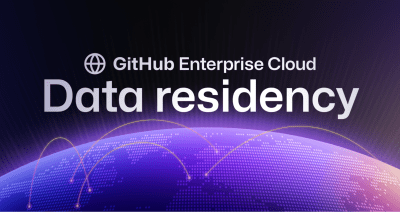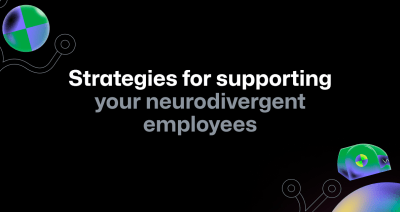
How GitHub uses CodeQL to secure GitHub
How GitHub’s Product Security Engineering team manages our CodeQL implementation at scale and how you can, too.

Over the course of a year, GitHub’s engineers make millions of commits across all of our internal repositories, process billions of API requests, and run tens of thousands of deployments across the internal apps that power GitHub’s services. We use many of GitHub’s products and plenty of other open source tools to operate at this scale. Here’s an inside look into how we do it.

How GitHub’s Product Security Engineering team manages our CodeQL implementation at scale and how you can, too.


A deep dive on the work that went into making the component that powers repository and pull request file trees.

The Performance Engineering team at GitHub assessed how CPU performance degrades as utilization increases and how this relates to capacity.

With this custom addon, you can ensure your workplace remains accessible to users with motion sensitivities while benefiting from Storybook’s Interactions.

How we used GitHub to build GitHub Enterprise Cloud with data residency.

Five actionable tips and strategies to supercharge developer happiness—and a more innovative workplace.

Teams with neurodivergent employees can be up to 30 percent more productive. Discover tips on how best to support them in your workplace.

Solving and staying ahead of problems when scaling up a system of GitHub’s size is a delicate process. Here’s a look at some of the tools in GitHub’s toolbox, and how we’ve used them to solve problems.

Drag-and-drop is a highly interactive and visual interface. We often use drag-and-drop to perform tasks like uploading files, reordering browser bookmarks, or even moving a card in solitaire.

Pushing code to GitHub is one of the most fundamental interactions that developers have with GitHub every day. Read how we have significantly improved the ability of our monolith to correctly and fully process pushes from our users.

Learn how GitHub used macOS and Apple Silicon runners for GitHub Actions to build, test, and deploy our iOS app faster.

We’ve made improvements to the way users of assistive technology can interact with and navigate lists of issues and pull requests and tables across GitHub.com.

As part of GitHub’s dedication to accessibility, we expanded our internal accessibility program and scaled up our assessment process to help remove or lower barriers for users with disabilities. Then, we empowered employees from various disciplines to drive accessibility efforts within their teams.

Here’s how merge queue transformed the way GitHub deploys changes to production at scale, so you can do the same for your organization.

A peek under the hood of GitHub Advanced Security code scanning autofix.

The npm engineering team recently transitioned to using GitHub Codespaces for local development for npm registry services. This shift to Codespaces has substantially reduced the friction of our inner development loop and boosted developer productivity.

The Fundamentals program has helped us address tech debt, improve reliability, and enhance observability of our engineering systems.

Our latest solution to the ubiquitous engineering problem of integration testing in a distributed service ecosystem here at GitHub.

Take CODEOWNERS and GitHub teams to the next level. Learn about how GitHub engineering solves the age old problem of who owns what.
Build what’s next on GitHub, the place for anyone from anywhere to build anything.